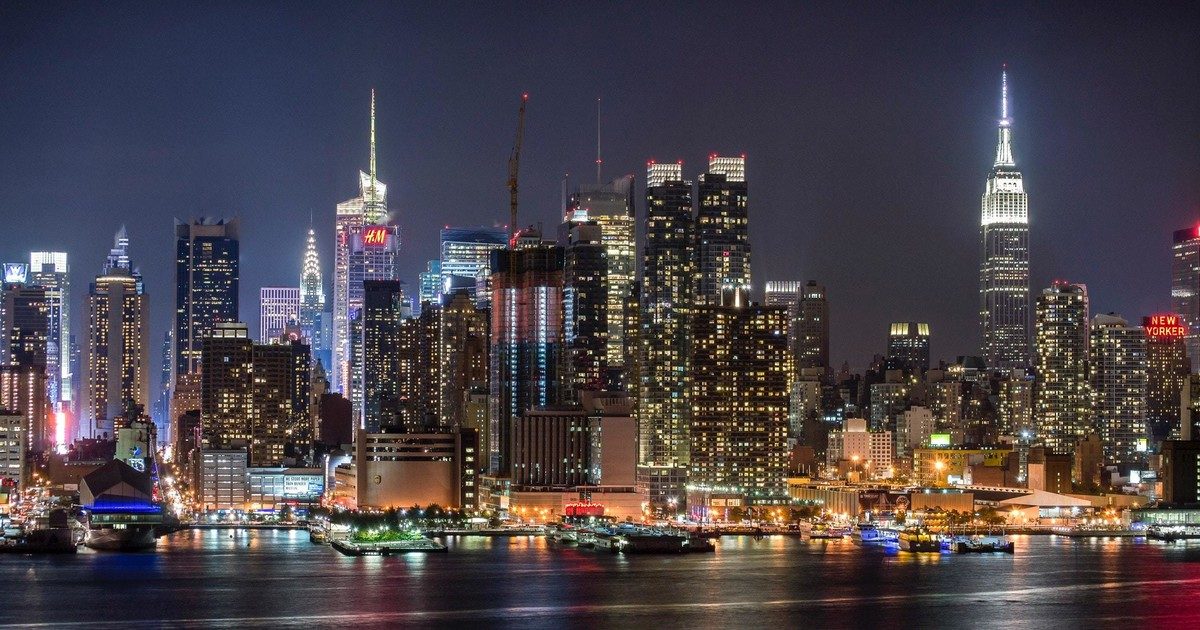My question focused on making sense of gentrification as an inevitable repercussion of economic development of urban areas. In “Race, Class, and Politics in the Cappuccino City,” Derek Hyra emphasizes the government’s role in developing D.C’s downtown as a necessity for economic growth, as it provided more jobs and welcomed suitable housing for individuals settling into the city for their new jobs. There has been a wave of “white flight” back into the city as suburban residents seek new job opportunities and the entertaining thrills in the city. The government partnered with private developers to accommodate the need for housing, as DC did not have the financial assistance of taxpayers to raise funds (as over 50% of DC’s land-government agencies, nonprofits, public universities are non-taxpaying entities). Because of DC’s focus to develop the inner-city as a trendy, entertainment machine, minority residents that have historically occupied those spaces become displaced and outcasted within their own neighborhoods, specifically Shaw/U Street.
This process of gentrification, where wealthier, typically-white residents overtake political and spatial power from long-term, typically-working class inhabitants and completely transform the “community,” is seen negatively from a social standpoint. However, from an economic perspective, gentrification seems inevitable as the government, corporations, and even incumbent residents can invest in the production of urban space (able-inhabitants participate in “incumbent upgrading” and are usually the first wave of gentrifiers). It can also be argued that it is advantageous to the city, as it results in improved infrastructure, higher job outlook, and positive visibility. The government is placed in a tough situation, where it is aware of the political disadvantages of the displaced/outcasted minorities and the cultural/financial divide they face, but want to ensure the city’s prosperity. What policies can it implement to ensure fairness for both parties involved? Many of the issues arising from gentrification is because of the distinct racial and socioeconomic divide. With these visible disparities (ie. African Americans lining up in front of the food pantry or near a homeless shelter that is right across from a new, luxury condo), old-timer residents feel even more uncomfortable in the space they call ‘home.” With increasing housing values and feelings of unbelonging, many of them don’t find the area worth the price and leave the community they built their identity from. Based on this evidence, is it possible to obtain the so-called ideal mixed-income housing model where there is a balance of healthy, collaborative space between people of different socioeconomic backgrounds?
The class discussion involved several governmental approaches: rent control and subsidized housing, equal investments to various urban spaces, and initiating community-building that promoted an integrative, collaborative environment. While these all seem like very plausible solutions, I feel like it is difficult to implement because long-term residents still feel the societal pressures of lacking a community of which to call home. The fact that the government is helping to alleviate competitive housing prices might cause an emotional burden on the residents, as they feel like they do not have enough social or moral capital to sustain themselves. This will especially be the case as the city becomes more developed, more people with different values and goals come in; the city will stray away from the place you once knew.
The reading also touched upon how the political leadership of minorities, such as figures of the Black Machine, gave a voice to lower-income, working-class residents who were subjected to racial discrimination. These poor, dangerous communities of the city were considered factors that lead to white flight into the suburbs. I am curious if the rise of African American political power in DC will enable African American residents of Shaw/U Street, as well as the white gentrifiers, to become more integrated based on the political collaboration and economic policies. There is also the possibility that another “white flight” could occur because the white residents feel like they’re not as represented. Trying to find a balance between newcomers who contribute knowledge and entertainment to the city’s economy, and old-timers who have a historical right to remain in the neighborhood and work their butts off to do so, is a very fragile process which reflects the intense racial ties and spatial claims groups have to the city.
It is important to realize that this economic and cultural divide brought upon by the government is not just occurring at a permanent level (between old and new residents), but also at a temporary level. The influx of festivals draws newcomers in for a brief amount of time within the spaces of residents and completely changes the community. This demonstrates that profit-driven behaviors of the government and various private organizations who see the positives of festivalization outweighing the negatives. Residents can become tourists within their own city, but is it worth it if their “home” invites more strangers every year? Is there a sense of unity among the community if the government recruits mainstream artists rather than choosing artists that represent the authenticity of the area? It is interesting to see how, in these two cases of permanent and temporary urban renewal, how the social institutions as broad as the government, and their priorities, can influence one’s interpretation of “home” or “community.”
